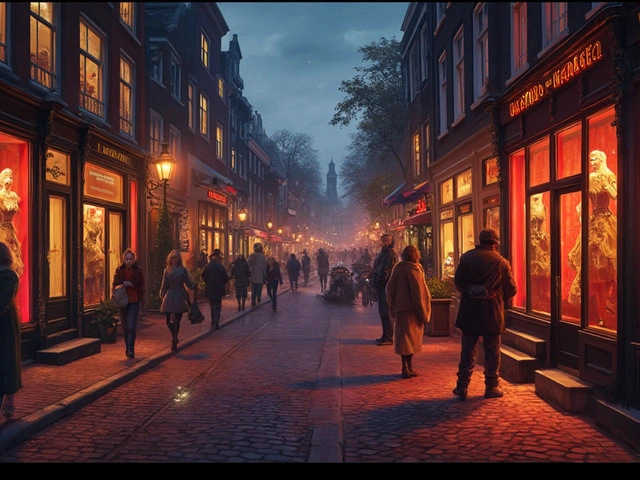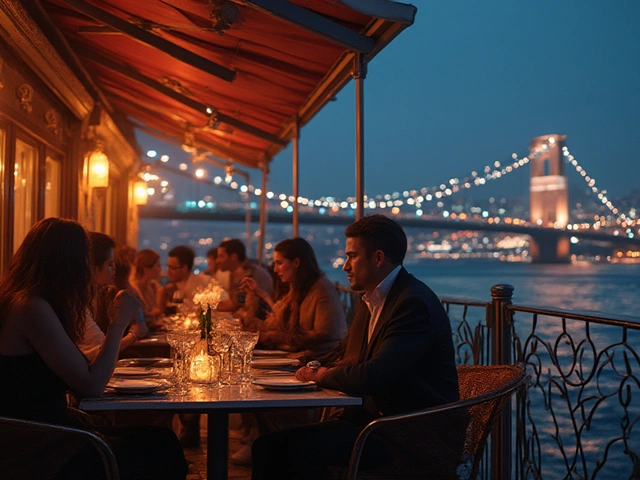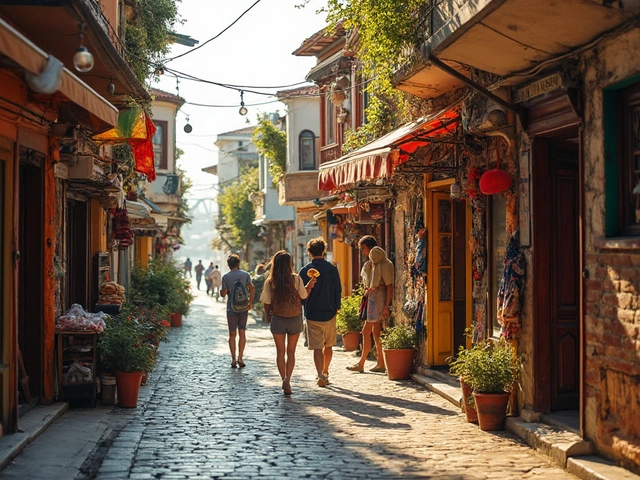Masquerade Club Photography in Istanbul: Capture the Night’s Magic
Learn how to master Masquerade Club Photography in Istanbul, from gear and settings to top venues, lighting tricks, and post‑processing tips.
When you think about night club lighting, the combination of fixtures, colors, and movements that set the mood on a dance floor, you’re really looking at the secret sauce of a good night out. Good lighting does more than brighten a room; it guides where people gather, controls energy levels, and turns a simple space into a memorable experience. night club lighting is the first thing you notice when you step inside a venue, and it often decides whether you stay or leave.
The backbone of any great light show is solid lighting design, the planning of fixtures, angles, and timing to match music and crowd flow. Designers consider the club’s layout, ceiling height, and even the type of music playing. A well‑planned design synchronizes strobe bursts with the beat, uses uplighting to make walls glow, and places wash lights to highlight the bar without blinding guests. The result is a seamless visual rhythm that keeps energy high and encourages dancing. In other words, lighting design shapes the club atmosphere and makes the night feel alive.
Modern venues rely heavily on LED technology, energy‑efficient, programmable lights that can change color and intensity in milliseconds. LEDs let DJs and lighting crews program intricate patterns, from slow color fades to rapid pulse effects that match bass drops. Because LEDs run cooler and use less power, clubs can run larger arrays without worrying about heat or electric bills. This tech also enables remote control via apps, so crews can tweak the scene on the fly. The flexibility of LED technology means clubs can reinvent their vibe night after night, keeping regulars excited and newcomers impressed.
All of those technical choices feed into color theory, the study of how colors interact and affect emotions. Warm reds boost excitement, blues can create a chill vibe, while greens often feel fresh. Clubs mix these hues to match the music genre—electro‑house might favor neon blues and purples, while a hip‑hop night leans toward deep reds and golds. The right palette amplifies the emotional response, making people more likely to stay on the floor. When color theory meets lighting design, the club atmosphere becomes a living, breathing entity that reacts to the crowd.
All these pieces—design, LED tech, and color theory—work together to create a dynamic environment that defines Istanbul’s nightlife scene. Below you’ll find curated articles that break down each aspect, share insider tips, and showcase the venues that get lighting right. Whether you’re a club‑goer looking to understand why a place feels electric, or a venue owner wanting to upgrade your light setup, the collection gives you practical insights you can use right away.
Learn how to master Masquerade Club Photography in Istanbul, from gear and settings to top venues, lighting tricks, and post‑processing tips.

Erotic tourism is an enticing mix of leisure and adult entertainment, often sought out by men exploring the boundaries of pleasure. From buzzing red-light districts to plush escort services, it's a diverse world with its own set of rules and expectations. This article dives into the ins and outs, from booking processes to price ranges across various hotspots like Amsterdam and Dubai. It demystifies what to expect, how to stay safe, and what makes each destination unique.

Curious about Istanbul escort fiyatları? Discover updated escort rates, booking tips, and safety advice for enjoying escort services in Istanbul. Make informed choices for a safe and memorable experience.

Dive into Istanbul’s overlooked landmarks that reveal the city’s real character. From quirky museums to rooftop views on busy side streets, this article shares practical tips, local secrets, and concrete spots to check out. Whether you’re a resident craving a new perspective or a visitor after more than the basics, here’s exactly where to go and why it matters. Get ready for details on how to avoid tourist bottlenecks, when to visit, what to look for, and uniquely Turkish experiences you won’t find elsewhere. Istanbul’s best-kept wonders are closer than you think.
Explore how Istanbul's iconic buildings define both Turkish identity and urban life, blending history, modernity, and tradition in ways locals truly live and experience.

Discover how Anjelique Nightclub becomes Istanbul's nonstop party hub with insider tips on getting there, dress code, best nights, VIP options, and nearby spots for locals and visitors alike.